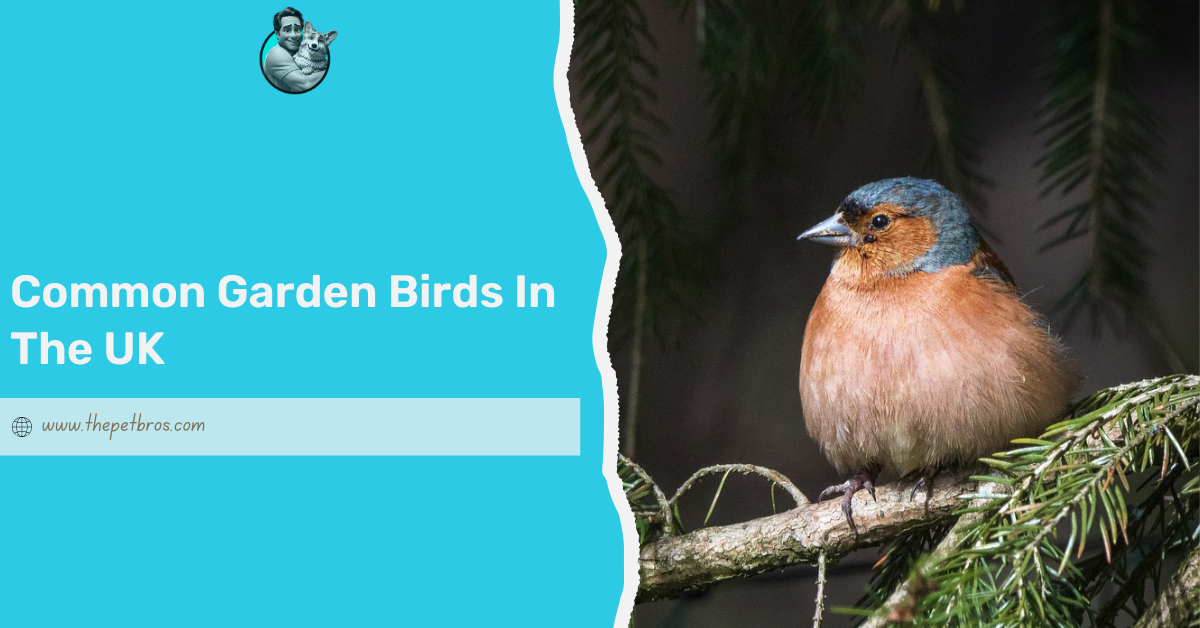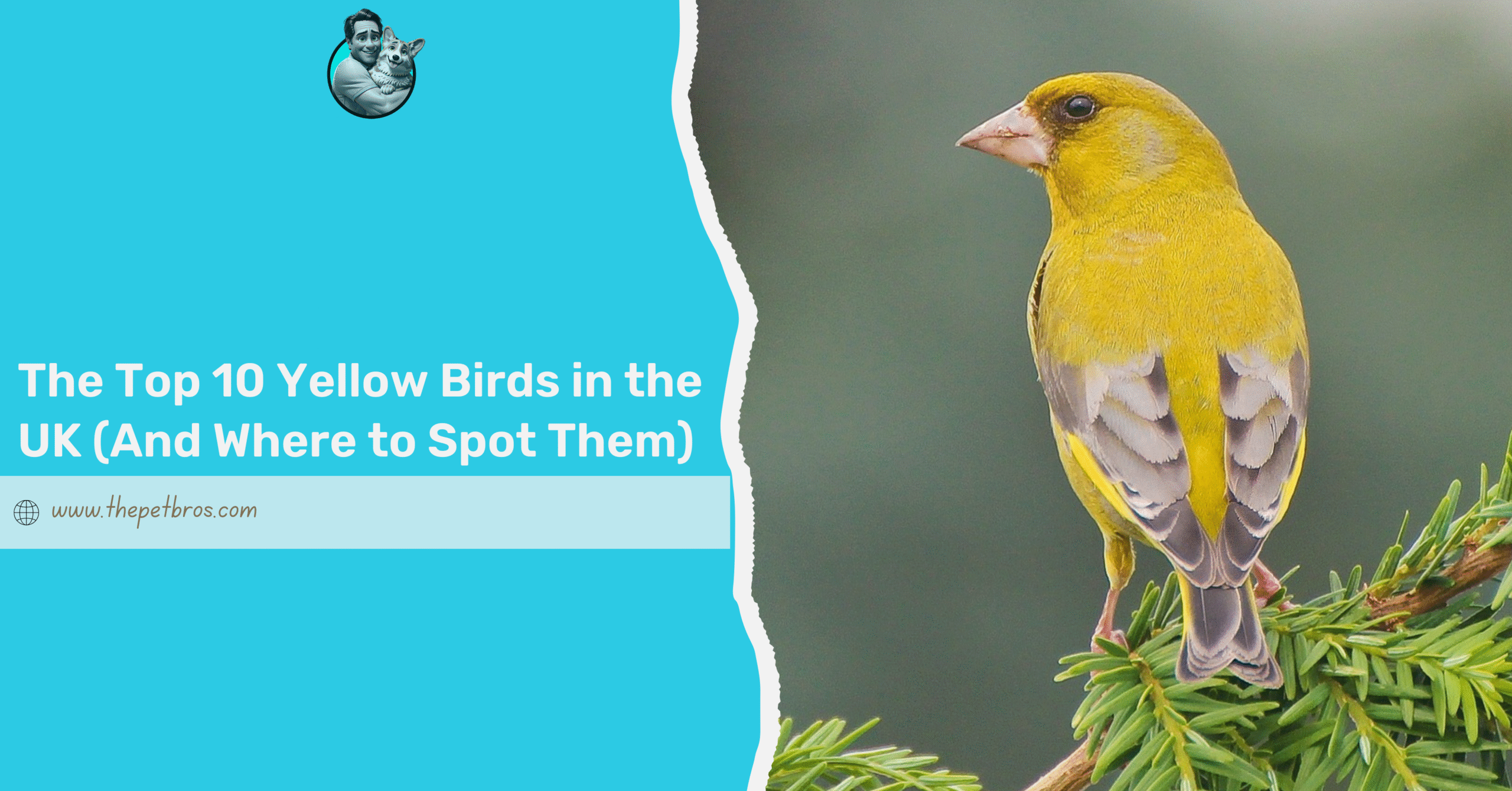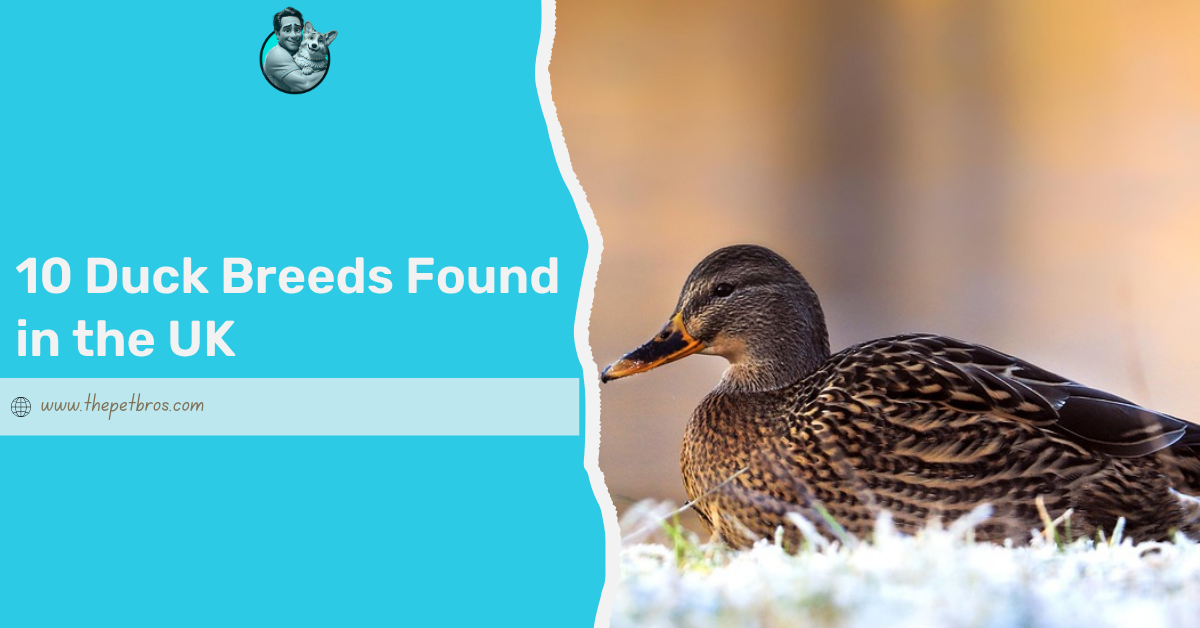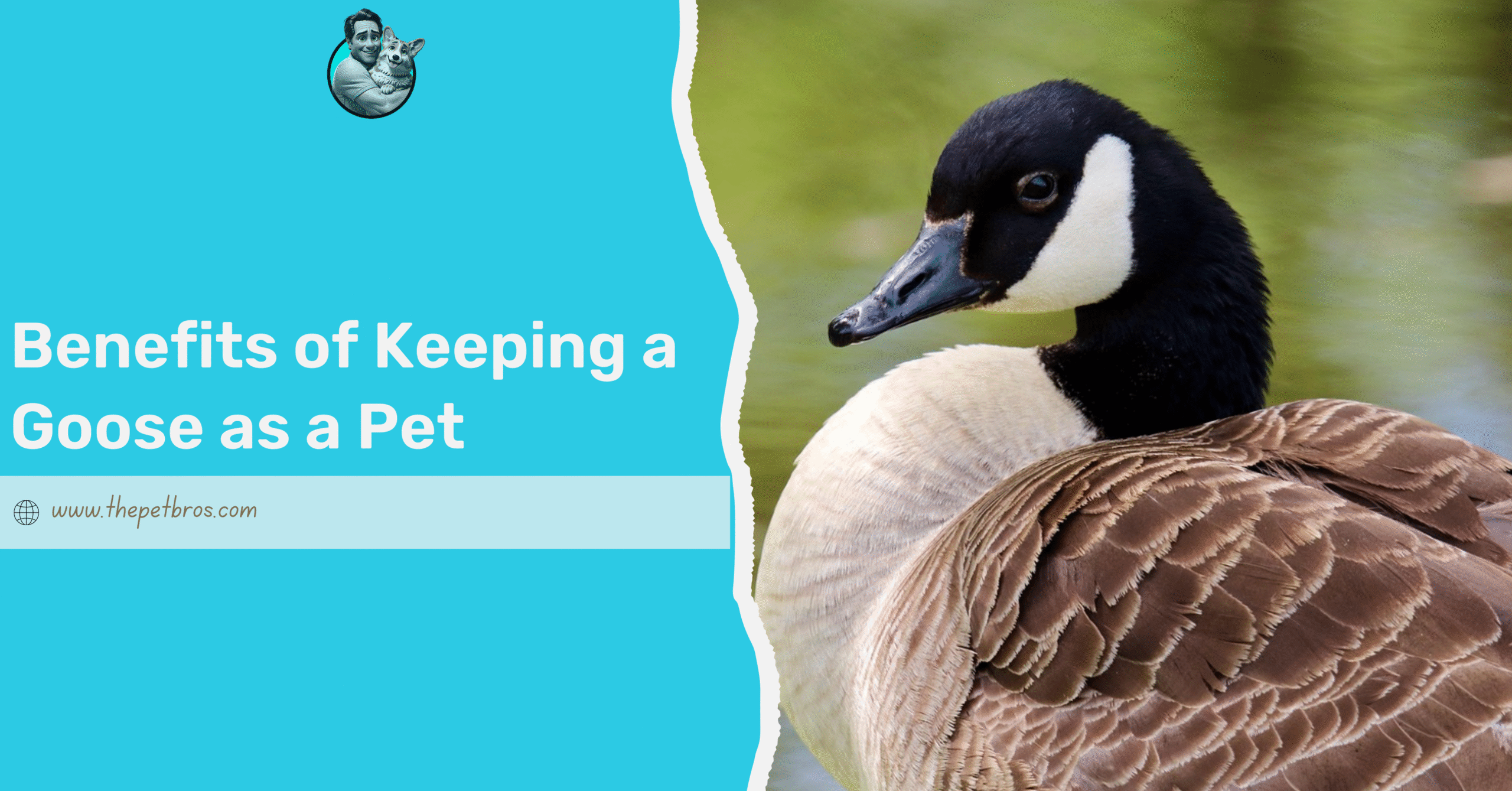Birds add a touch of magic to any garden, filling it with colour and song. But let’s be honest: spotting them isn’t always easy! With so many different colours, shapes, and patterns, it can get a little tricky to identify who’s who. Don’t worry, though; this guide is here to help. By the end of this guide, you’ll be able to recognise the most common garden birds in the UK and spot them like a pro as you birdwatch in no time!
10 Most Common Garden Birds In The UK
1. Blue Tit

As its name suggests, the Blue Tit is easily identified by its striking blue colouration. In addition to its bright blue feathers, it also features a mix of yellow, white, and green markings, making it stand out. These common garden birds are small, measuring about 4.5 inches in length.
However, their colours and size aren’t the only distinguishing features. Blue Tits are known for their incredible acrobatics, often seen performing impressive aerial manoeuvres. So, if you’re birdwatching and spot a small, colourful bird showcasing its agility, chances are it’s a Blue Tit.
Although common across the UK, you’re less likely to find them in the Northern Isles and parts of the Hebrides.
2. Starling

If you’ve ever heard a bird get creative with its sounds, chances are it was a Starling. This fascinating, common garden bird, whose population has unfortunately declined, is well known for its ability to mimic various noises, including car horns and other urban sounds.
Beyond their impressive vocal skills, Starlings are also a visual delight. They have distinctive triangular wings, a short tail, and a pointed head. Their plumage is just as striking as their sounds, with black feathers that shimmer with green, blue, and white speckles, becoming even more prominent in winter.
In the UK, Starlings gather in large, mesmerising flocks known as murmurations. These synchronised aerial displays, especially in autumn and winter, are a breathtaking spectacle and a cherished part of the British wildlife landscape.
3. House Sparrow

Again, as the name suggests, House Sparrows are commonly found around houses and other buildings, though they can also be seen in different habitats. Their preference for nesting in manmade structures, such as eaves, walls of buildings, streetlights, and nest boxes, explains why they are often seen in urban and residential areas. Their physical appearance varies by gender. Its grey head and black bib easily recognise the male House Sparrow, while the female and young birds have a more uniform brown colouration.
These common garden birds are known for their noisy and social nature, often chirping loudly in groups. They typically measure between 5.5 and 5.9 inches in length. House Sparrows are also known for their habit of taking dust baths. In doing so, they often create small depressions in the ground and may aggressively guard these spots from other sparrows. So, if you spot a small brown bird rolling in the dirt and fiercely protecting its chosen patch, it’s likely a House Sparrow.
4. European Robin

The European robin is one of the most beloved and common garden birds in the UK. Known for their sweet songs, these robins change to a more sorrowful tone during the winter. They are highly territorial and fiercely protect their space. Their bright red breasts make them easy to spot, even when not singing. While it’s hard to distinguish males from females, juveniles have a brown, spotted appearance.
When not guarding their territory, robins are often seen following gardeners, catching insects disturbed by digging. When insects burrow underground in colder weather, robins will follow larger birds, which scratch through the frost to uncover hidden insects.
5. Goldfinch

One might expect the goldfinch to be entirely gold in colour, but that’s far from the case. While it doesn’t have a golden hue, the goldfinch is still easily recognisable due to its distinctive markings. It has a bright red face, white cheeks, and yellow and black markings on its wings. Its body is hazel brown, and its tail is black, making it stand out.
Like many other birds, the goldfinch produces melodious sounds, often described as resembling the ringing of bells. Unlike the European robin, the goldfinch feeds on flower seeds and is frequently seen visiting in flocks.
6. Chaffinch

Our list of common garden birds in the UK will be incomplete without the Chaffinch. If you’ve ever noticed a bird with contrasting white wing bars and a loud, varied call, there’s a good chance it was a Chaffinch.
While many birds have distinctive colours and sounds, the Chaffinch’s wing markings genuinely set it apart. Like the house sparrow, this bird shows apparent differences between the sexes. The male has a blue-grey cap and rust-red underparts, while the female is more muted.
Chaffinches are also known for their powerful voices. The male sings boldly from exposed perches to attract a mate. Measuring 5.7 inches, these birds are hard to miss, especially when you hear their loud and varied calls long before you spot them.
7. Woodpigeon

The Woodpigeon, the largest and most common pigeon in the UK, is easy to spot with its grey body, white neck patch, and white wing patches that stand out in flight. While they can be shy in the countryside, they’re often friendly in cities and towns. Woodpigeons are striking with their pink and blue-grey feathers, bright yellow eyes, and red and yellow bills.
Like the Goldfinch, Woodpigeons also travel in large flocks. From late October to November, huge groups, sometimes tens of thousands, fly south on clear, sunny days. These birds measure between 15.7 and 16.5 inches.
8. Magpie

The Magpie is easily recognised by its large body and striking black-and-white plumage, which shimmers with blue tones in the right light. Its long, stiff tail makes up about a third of its 17.7-inch length, making it an unmistakable sight in parks and gardens across the UK. In dull light, its overall appearance is primarily black, with white on the flanks, belly, and wing patches.
These birds are known for their distinct colouring and unique call, a repetitive “chac-chac-chac-chac” often heard when agitated. As part of the Crow family, Magpies are incredibly intelligent and curious, capable of mimicking sounds, including human speech. They are also social birds, often found in groups, and they take advantage of any food sources available, from smaller mammals and eggs to seeds, nuts, fruits, and insects.
9. Blackbird
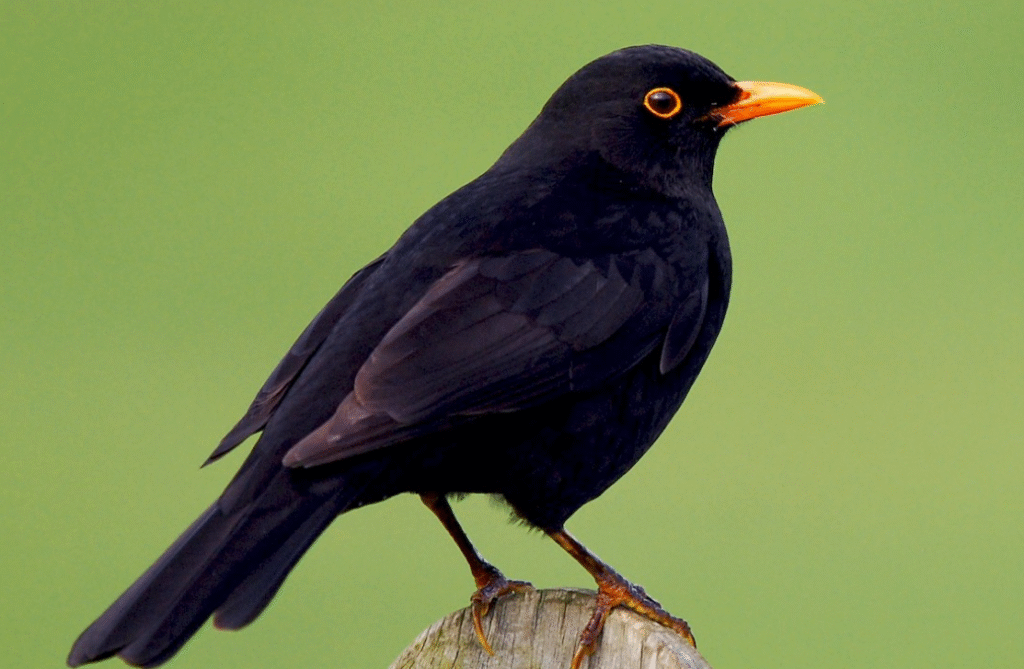
Beyond being a common garden bird, you can easily recognise the Blackbird, thanks to its black plumage and bright yellow-orange bill. The male has a glossy black body with a striking yellow beak and a distinctive yellow ring around its eye, while the female is brown with streaky feathers and a more subdued brown beak.
These birds are ground feeders, often seen turning over leaf litter or probing the soil for worms and insects. They’re also known to visit bird tables, where they enjoy a variety of foods such as mealworms, oats, grated cheese, and apples. With a wingspan of about 14.2 inches, Blackbirds are more extensive than a tit but smaller than a pigeon, making them easy to spot in gardens, parks, and open spaces.
Blackbirds are especially famous for their melodious, fluting song, often heard in the summer evenings as they sing from high perches.
10. Wren
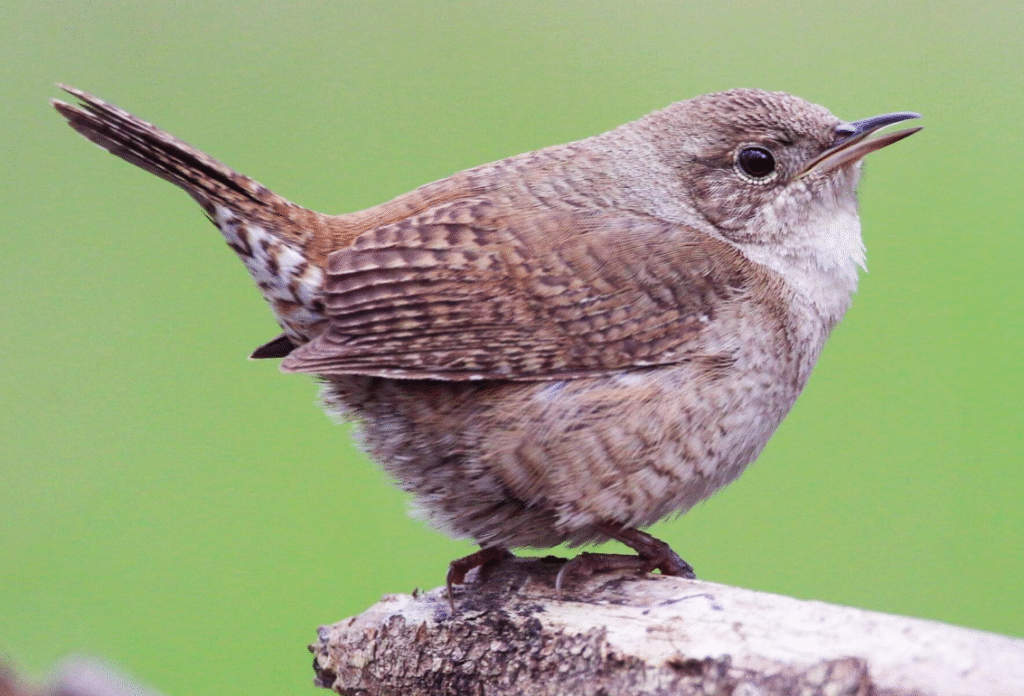
What would this list of common garden birds in the UK be without the UK’s most common bird, the tiny wren? At just 3.5-4 inches long, this little brown bird has been significantly impacted, with a population of around 11 million breeding pairs. While its size might make it easy to overlook, you’ll often hear the wren before you see it, thanks to its impressive ability to produce two notes at once!
Wrens are characterised by their small, round bodies, short tails, and thin, pointed beaks. Their brown plumage, with paler underparts and darker wings, helps them blend seamlessly into their surroundings.
These lively, curious birds are commonly found in gardens, woodlands, and heathlands, hunting for insects hidden in leaves or tree bark. Their loud, bubbling song often makes them stand out despite their small size, with a tail raised and body puffed up during their performance.
Conclusion
Having looked through these 10 birds, you’ll likely notice that some species are easier to recognise than others. Also, of course, these aren’t the only ones you will come across. There are more common UK birds that frequently visit gardens.
With some practice, you can spot them by their songs, shapes, and distinct features. Happy birdwatching, and here’s to discovering even more surprises with every step you take!
FAQS
Do all birds sing?
Not all birds sing. While species like robins and blackbirds are famous for their songs, other birds communicate using calls, whistles, or even visual cues instead.
Is keeping a bird as a pet legal in the UK?
It is legal in the UK to keep certain bird species as pets, provided they are not wild or protected species.






